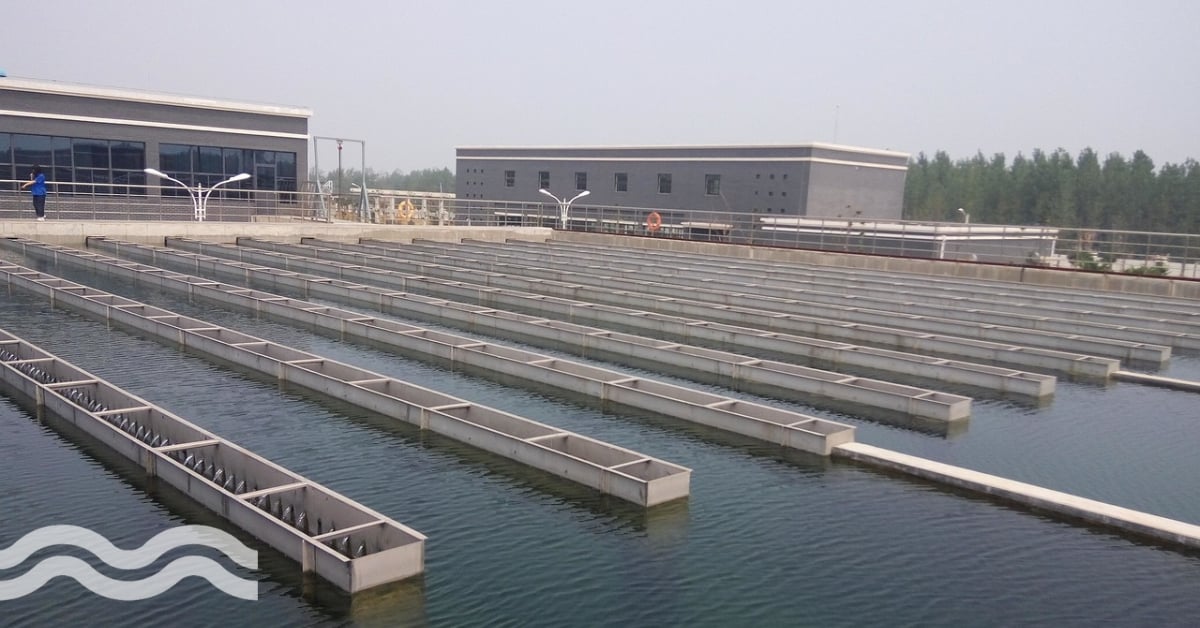What is the water sector's role in climate change?

What is the water sector's role in climate change? A new report from XPV Water Partners investigates links between water and climate change and how the sector can help.
The water sector's role
Water is the primary medium through which we feel the impacts of climate change, according to XPV Water Partners, a Canadian investment fund that focuses on the water, waste and environmental sectors.
Data from the United Nations indicate that the collective emissions from the water sector cause 10 per cent of global greenhouse gas emissions.
In its report, XPV said that climate change mitigation and adaptation strategies that don’t account for the water industry are missing a critical opportunity.
The collective emissions from the water sector cause 10 per cent of global greenhouse gas emissions.
As such, XPV breaks three down the three areas where the water sector and climate change are having a serious impact on each other.
Finding the links
Energy
The first link that XPV draws on is the energy intensity of the water sector.
Currently, the water sector accounts for four per cent of global electricity consumption, according to the International Energy Association. This includes extracting, distributing, and treating water and wastewater.
The report also claims the water sector consumes the thermal energy equivalent of 50 million tonnes of oil to power irrigation pumps and gas for desalination plants.
In the United States alone, the energy consumption of water and wastewater utilities can represent 30-40 per cent of a municipality’s total energy costs. By 2040, it is expected that the global water sector’s energy consumption will double.
Green house gases
The second link XPV connects is the amount of greenhouse gases wastewater and impaired water bodies produce.
According to UN Water, some 80% of the world’s wastewater is dumped – largely untreated – back into the environment, polluting rivers, lakes, and oceans.
Untreated sewage has a carbon footprint roughly three times that of the same treated sewage and, unless it is properly managed, wastewater releases significant amounts of methane and nitrous oxide back into the environment.
Discharged untreated or raw sewage can lead to water bodies becoming infested with algae and creating impaired water bodies which have a signification impact when it comes to greenhouse gas emissions.
Poor infrastructure
With climate change comes an increased risk of extreme weather events.
Hurricanes, storms, and flooding events are overwhelming water, wastewater and stormwater infrastructure, which are already strained with increased population and overall decline.
The result is billions of dollars in damage to infrastructure, property, and natural ecosystems, plus the rising risks for human health and severe and disproportionate social and financial impacts for lower-income and poor populations.
Three ways the water sector can tackle climate change
XPV's first recommendation is to do more with less.
Simply reducing the amount of water used and losses across all sectors can have an impact. Then, as water systems become more efficient, XPV believes we will use less energy and other climate-sensitive water process inputs.
The second way the water sector can have an impact is by increasing efforts to protect the environment.
By encouraging the widespread adoption of wastewater treatment, improving stormwater management, and making infrastructure management more efficient the water sector can reduce its damage to the environment.
The final recommendation from the whitepaper is to reuse and recover, calling for water reuse and renewable sources of water and energy.


